Basset Hounds are scent hounds that were bred in France to help hunters track deer and rabbit, a task which they excelled at given their keen sense of smell and short-legged build. Today, they’re better known as being charming, laid-back family companions.
Do they shed lots? Basset Hounds are a moderate to heavy shedding breed. They have short, smooth, water repellent coats that are fairly easy to maintain. However, they shed constantly year round, so you will need to brush regularly to get this under control.
In this article, we’ll be discussing in more detail why Bassets shed, how much hair you should expect to see around your home, and what you can do to get it under control.
Recommended: Go here to see our top-rated dog hair blow dryers
Basset Hound Shedding – What to Expect
Basset Hounds are a moderate to heavy shedding breed.
That may surprise you given their size (they stand at a maximum of 15 inches tall) and the fact that they have short coats. But they actually shed constantly and if you don’t do anything to get a handle on the situation, it can be quite noticeable.
Especially during seasons like spring, as they lose their thicker coat that served them during the colder, winter months. This is known as seasonal shedding. And like most dogs, this does impact how much fur they lose, it’s just not as noticeable as dogs with thicker, heavier coats.
In any case, don’t be surprised if you notice an uptick in shedding during spring, and in some cases fall, for a few weeks or so. This is considered normal in most dogs.
Overall though, Bassets tend to shed on a more constant basis year round, like a Smooth Fox Terrier or Pug for example. Rather than one or two big “coat blows” each year, like the Gordon Setter or Chow Chow.
Why do Bassets shed? Shedding is normal in virtually every dog with hair, this is a healthy process whereby the old hair stops growing and falls out, to make way for new hair. The only difference from one dog to the next is how much they shed, which is determined by the breed and what sort of coat they have.
Read: Why Do Dogs Shed Hair?
However, shedding can also be impacted by things like the seasons, the age of the dog, their diet, condition of their coat, and other factors. And in some cases, it can be caused by allergies or some other underlying problem, which is something your veterinarian should be able to help you with if you have any concerns.
Related: When Your Dog’s Shedding Could be Cause for Concern
What Are Bassets Like to Groom?
Bassets are very easy to groom, which is largely thanks to their short, smooth coat that repels water and dirt. Not only is their coat easy to brush, but it doesn’t get debris caught up in it, nor is it prone to mats and knots as with some breeds.
Aside from having a hairless dog, they’re about as easy to groom as they come. As far as general maintenance goes, brushing a few times per week is typically enough to keep their coat in good condition.
However, if you aren’t particularly fond of how much hair he’s dropping around the home, daily brushing may be worthwhile, provided you use a brush that doesn’t irritate his skin.
What sort of brush is best for a Basset Hound? The best brush is either a bristle brush or curry brush (rubber brush or hand mitt). These are simple to use, cost effective brushes that work well on a Basset given the length of their coat and can be used for daily brushing.
However, if you want to remove more fur from his coat, in less time, then a deshedding tool may be worth using. These are generally more expensive but can save you some time. Although using one of these daily may be overkill and could irritate his skin, so 2-3 times per week should suffice, while using the bristle brush every other day.
Other grooming requirements include basic care items such as occasional baths, regular nail trimming, and cleaning his teeth each week.
Are Basset Hounds Hypoallergenic?
No, Basset Hounds are not considered to be “hypoallergenic” because they shed constantly and their coats produce plenty of dander, which is mostly what causes allergies to dogs.
There’s no such thing as a 100% hypoallergenic dog breed though. Because even dogs that are completely non-shedding or don’t have any hair at all produce the dander, dried saliva and sweat that, once airborne, can cause allergies to flare up.
With that being said, some dogs, especially low shedding breeds, are considered to be better than others in this respect, and are therefore classified as non-allergenic by sites like the AKC.
Either way, the Basset may not be the best choice if allergies are your concern. There are more suitable breeds in this respect, like the Italian Greyhound for example.
Reducing Excessive Shedding
It’s not possible to eliminate shedding completely, almost all dogs shed to some extent so this is really something you need to accept and learn to manage if you adopt a heavy shedder.
But you can significantly reduce shedding. And for the most part, it boils down to making sure he’s healthy and grooming him properly and consistently. There’s no magic solution for shedding, but getting these right can make a big difference.
How do these things help with shedding?
Well, first of all, brushing removes the hair from his coat before it falls out and onto your furniture. If you’re consistent, you can predictably reduce the amount of hair you have to clean up, just by being proactive and consistently brushing him.
Second, brushing helps to spread his coat oils evenly over his skin, which helps to promote healthier skin and hair. Which makes him less likely to shed due to dryness.
Another factor that can contribute to a healthy coat, and therefore less overall hair loss, is ensuring your Basset is enjoying a high quality dog food. Poor diet can lead to a dry, less than optimal coat which can increase how much hair they lose.
In addition to a healthy dog food, for which there is no substitute, adding a small amount of virgin coconut or olive oil to his food of an evening is a simple, cost effective way to further reduce any potential dryness in his coat, and tip the battle against shedding in your favor.
Bathing is another highly effective way to add moisture to his coat, remove his loose fur and loosen it up before brushing. For general maintenance, they really only need to be bathed occasionally. But as long as you use a good quality dog shampoo that doesn’t dry out his coat, you may find bathing him once per month, or more often during shedding season, really helps.
You can learn more about reducing shedding here.
Related Questions
Do Basset Hounds Smell Bad?
Bassets do tend to have that typical “dog odor” and this is amplified by the fact that their skin is quite loose in some areas. So sweat, water and saliva can get trapped within the folds of his skin and cause an unpleasant odor. But a good bath will generally take care of this.
Do Bassets Drool?
Yes, Basset Hounds drool more than the average dog which is mostly because of their loose, flappy skin around the mouth. And it’s not just drool. When they drink, for example, water tends to build up around their mouth and fall out as they walk around.
It’s pretty easy to get the drooling under control though. Simply wiping them down after they eat and exercise, as well as outfitting them a trendy bandana can make a big difference.
What Are Some Lower Shedding Breed Alternatives?
Perhaps the most similar breed alternative to the Basset Hound is the Beagle, but they do shed just as much. So if you’re looking for a similar breed, but one that is also low shedding, the Dachshund is worth considering. Or if you really don’t care how similar the dog is, and just want a non-shedder that’s easy to maintain, you may like the Basenji.
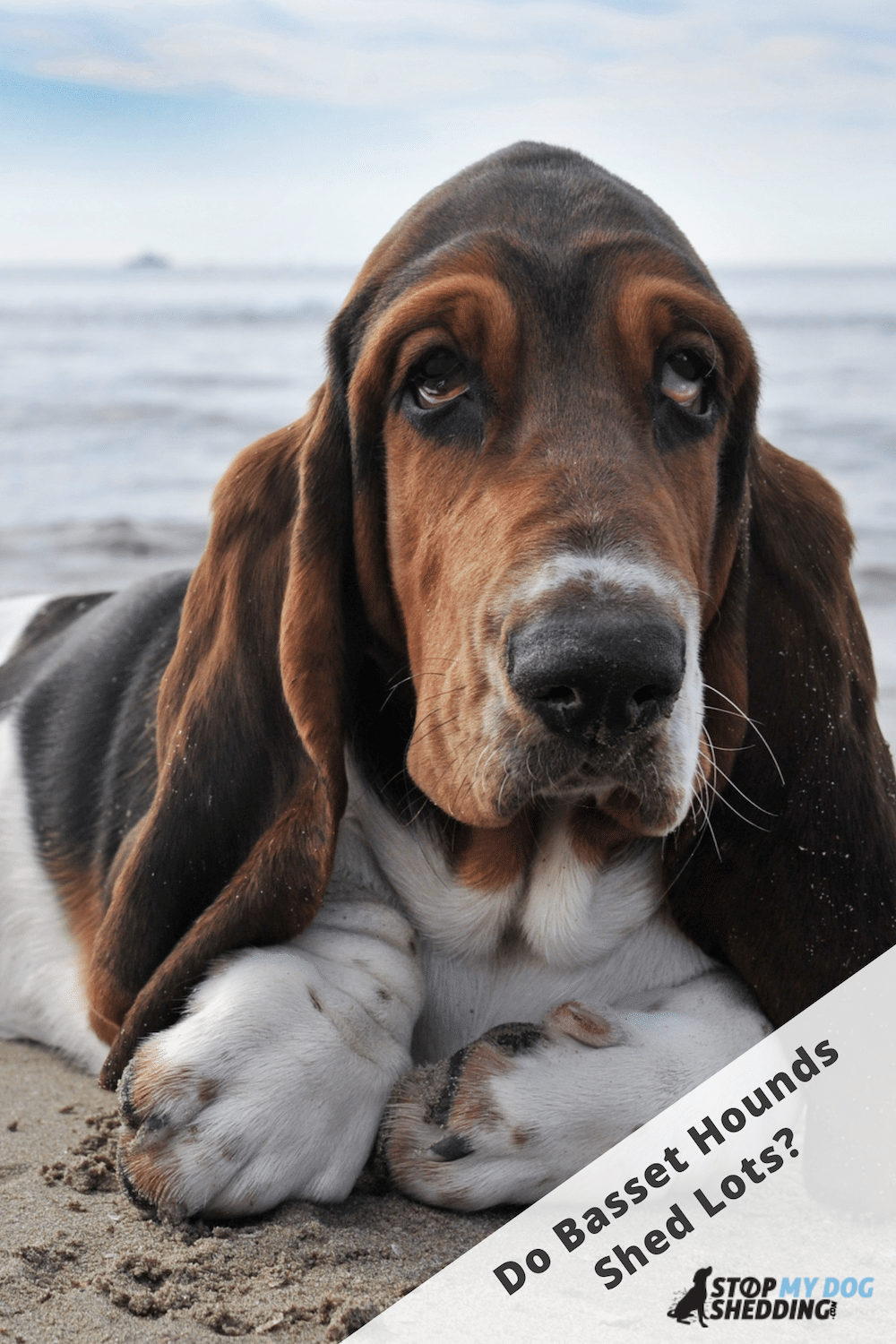

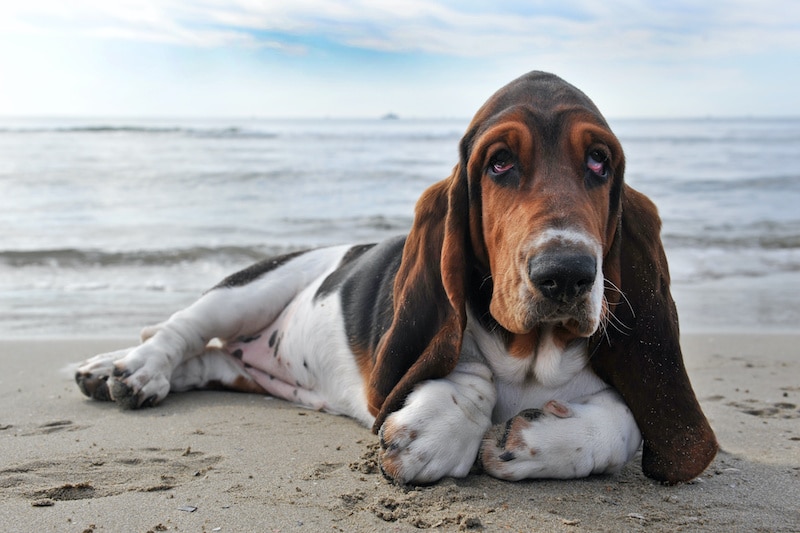



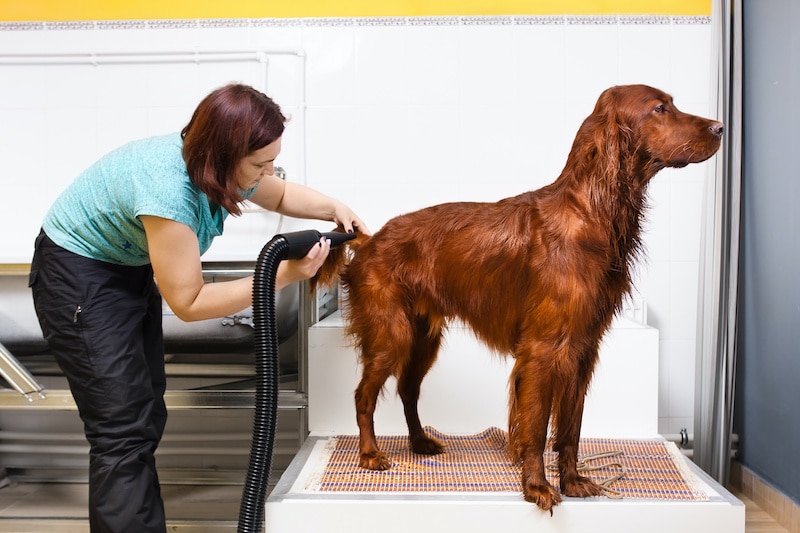
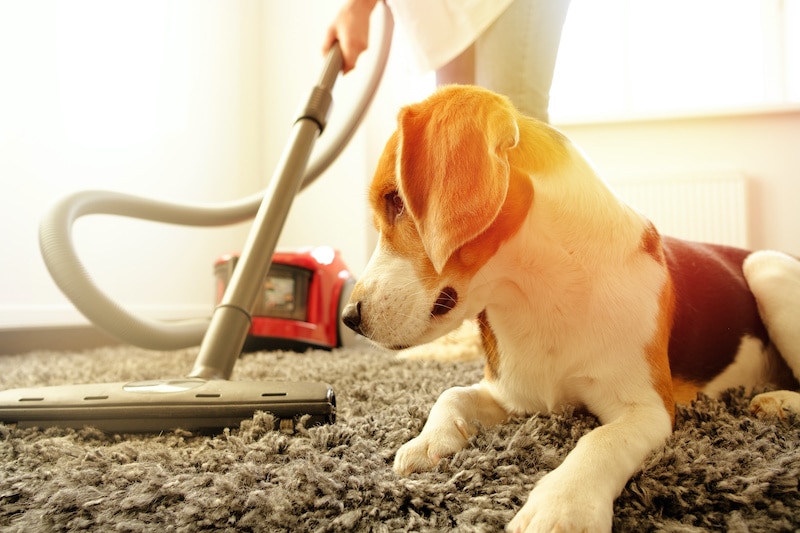

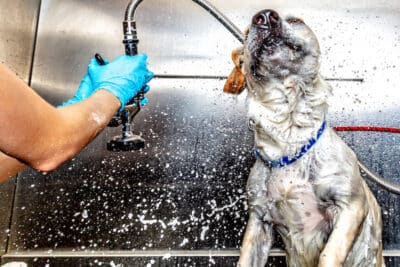
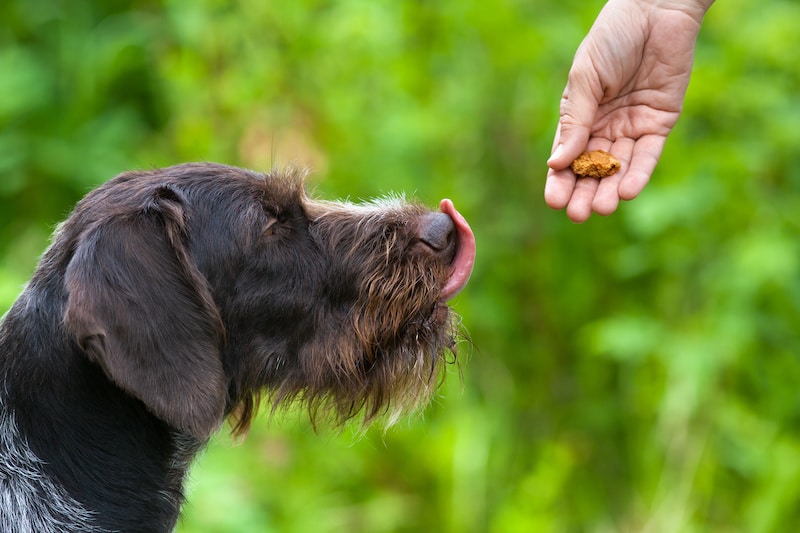

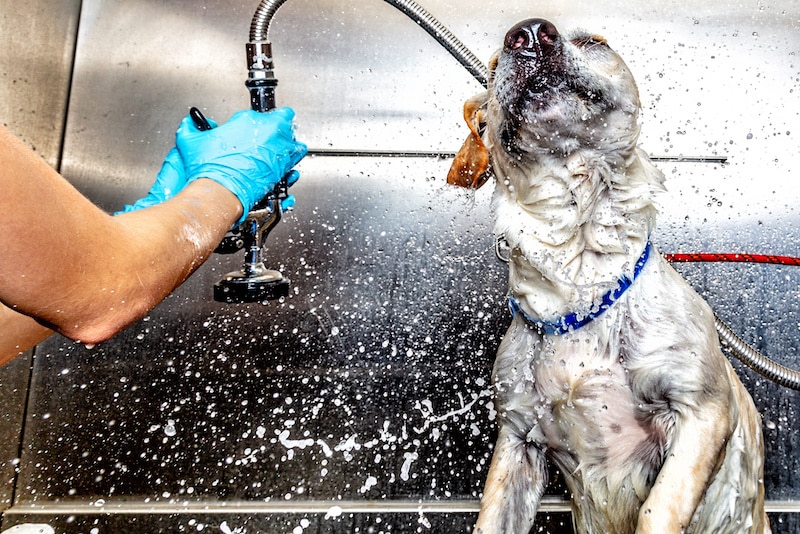
Please note: By submitting a comment using the above comment form, you confirm that you agree with the storage and handling of your data by this site as detailed in our Privacy Policy.